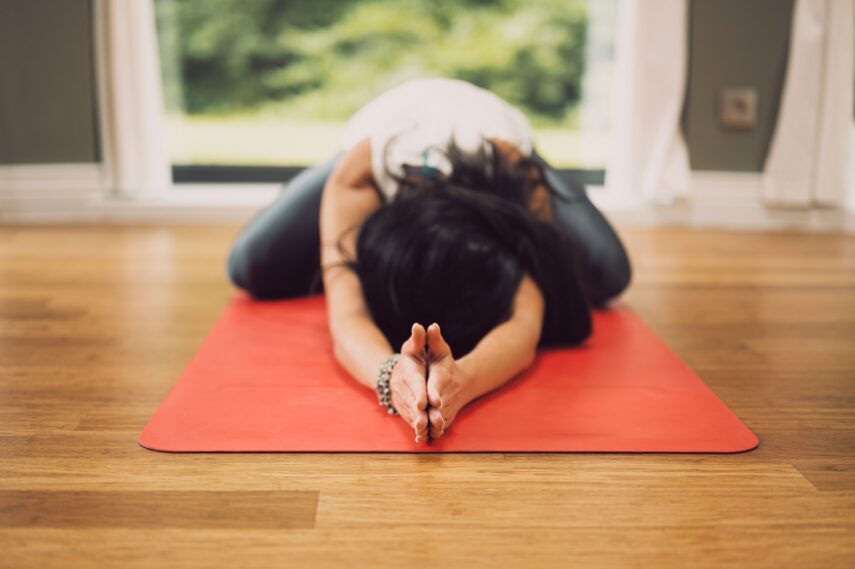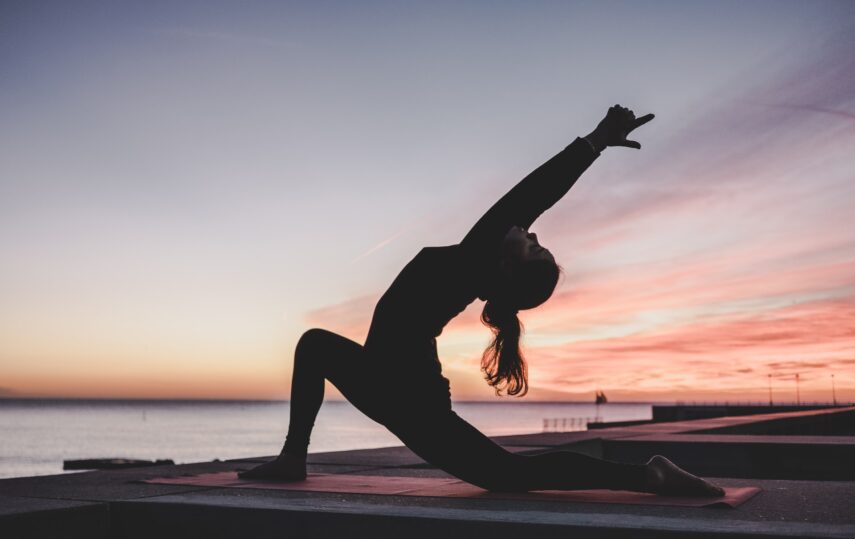The last two years have been hard on everyone. The stress of dealing with Covid 19 and now the war between Russia and Ukraine is very heavy. This has caused many to look at their lives and make changes and deal with their stress, anxiety and depression in healthy ways.
So it comes with no surprise that over the past two years, many people have turned to mindfulness practices such as mediation, journaling, and yoga to help manage stress and improve self care and self love techniques.
More often that not, our day to day lives fill us with stress, anxiety or depression and our minds race with those emotions. It’s so easy to escape with coping mechanisms like drugs, alcohol or to distract yourself by binging on Netflix. Mindfulness however is an important way to connect with yourself and your environment, but it can be hard to find the perfect time and place to practice it. It’s a way to confront the feelings and emotions that we have been trying to escape, distract and numb ourselves too.
Many people think they need to move to Tibet and become a monk for years to achieve levels of mindfulness they can only imagine. The truth is, you do not need to be surrounded by complete serenity and peace in order to be mindful. Being mindful is about engaging in the present moment, no matter what you are doing or what is going on around you. One of the best ways to practice mindfulness is by developing a regular yoga practice which can be done in the comfort of your own home or at a yoga studio like Yoga-Mix. Some people do prefer to do it at home as it can save costs but it might be difficult to find a quiet space of your home.
Whether you enjoy a gentle beginner’s sequence or a more intense and sweaty flow, a home practice or an in-studio class, you can work to be mindful in your yoga practice with the five tips below:
1. Focus on the here and now

This may sound easier than it actually is, but through regular practice, yoga helps us move our focus from all of the things around us to what is going on inside of us. Through poses, breathing techniques, and relaxation, you should work to bring your attention to what is going on with your mental, emotional, and physical body. Focus on the sensations and emotions that you are feeling rather than your to-do list. If you do find yourself bothered by intrusive thoughts like what happened at work or what to make for dinner when you get home, simply acknowledge the thoughts as they come and then bring your focus back to the breath. Let them go!
2. Be the observer
Your yoga practice is likely the one moment in your day when you don’t have to do anything except sit with yourself and observe how you are feeling. Become the role of the observer and check in with your mental, emotional, and physical body without passing judgement or negativity. No matter how you are feeling that day, just work on observing what is going on with yourself and notice how it changes from day to day.
3. Build connection

Yoga practice is a time for you to spend time with and to love yourself in order to build a better connection with yourself and your environment. When we build connection with ourselves, we build a stronger self-awareness that helps us to connect more authentically with our friends, family, our coworkers, and our community. Getting in touch with yourself on the mat helps you build relationships and connections off the mat.
4. Let things go
Even when you are trying hard not to be judgemental during your yoga practice, some days you can’t help but begin to think about expectations or criticism. In these moments when you become frustrated that your practice isn’t going the way you wanted it to, or maybe you didn’t complete a pose as well as you did yesterday, remember that this brings an amazing opportunity to practice resetting and letting go. Let go of how things went yesterday or how you want things to go in the future!
5. Work towards peace

When we do the work on the mat, we build strength and coping techniques for other areas of our life off the mat. Taking the time to physically and mentally practice yoga helps you become more flexible and able to deal with change. As we talked about above, practicing letting go of expectations, releasing negativity, and finding calm can help you work towards a peaceful state that you will be able to maintain even in stressful situations. With every breath you take in your yoga practice, you are becoming more resilient and more at peace with your inner self.
A yoga practice is just that – a practice – so it is not meant to be mastered right at the start despite our ambitions to be a yogi right away. Professional athletes, musicians or actors all started off at the beginning and it took them many years to practice their craft. Malcolm Gladwell has theorized that it takes 10 000 hours of practice to become a master at a craft. Even your yoga instructor can be looked at as example of practice. They have most likely spent hundreds of hours not only training to be an instructor but as a yogi themselves.
In no way shape or form are we saying it will take you 10 000 hours to master yoga. But by starting with the 5 tips above, you will find that you can become more mindful during your yoga practice over time. Remember to be kind to yourself, some days will be easier than others!
If you are looking for more tips on how to become more mindful during your yoga practice, find a yoga studio near you or look at platforms like YouTube or Alomoves to start your healing process
Related Posts:
- Ace Your Motorcycle Theory Test: A Comprehensive…
- Ombre Powder Brows: Why This Brow Trend is Getting…
- 12 Easy Mirrorless Camera Tips to Help You Become a…
- 5 Mistakes That Practitioners Should Avoid in…
- 5 Social Media Tips And Tricks To Drive More Traffic…
- Online Gambling Tips For Novices Turning To Virtual…







